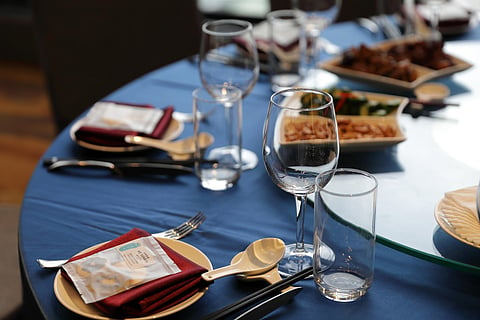
- LIFESTYLE
- FASHION
- FOOD
- ENTERTAINMENT
- EVENTS
- CULTURE
- VIDEOS
- WEB STORIES
- GALLERIES
- GADGETS
- CAR & BIKE
- SOCIETY
- TRAVEL
- NORTH EAST
- INDULGE CONNECT

Today, with the rise of the global dining movement, more people are travelling to discover not just new flavours but the traditions and customs that make each meal special. Whether at chef’s tables, local homes, or street markets, the story behind the cutlery is now just as important as what’s on the plate.
In Japan, chopsticks are much more than simple wooden sticks. They are a symbol of respect, care, and tradition. There are different chopsticks for men, women, and children, and even special ones used only for ceremonies like weddings and festivals. Every small action with chopsticks has meaning. For example, you should never leave chopsticks standing upright in a bowl of rice—that is something only done at funerals.
In Ethiopia, meals are about sharing, warmth, and closeness. People usually eat with their hands, using injera, a soft, spongy flatbread, to scoop up delicious stews and curries. Eating together from the same large plate brings families and friends closer. There’s also a beautiful custom called gursha, where you feed someone else by hand. It’s a simple but powerful act of love, trust, and friendship. It shows that food is not just about filling your stomach—it’s about looking after one another.
In India, eating with the hands is seen as a way to fully enjoy and respect the meal. The touch, smell, and texture of food are all part of the eating experience. Many people believe that using your fingers helps prepare the body for digestion and builds a deeper connection with the meal. The practice is often guided by the right hand only, as the left is considered unclean in many parts of the country. This tradition is about mindfulness—being fully present and grateful as you eat. These small habits carry big meaning. They remind us that mealtimes are not just about eating but about who we are and where we come from.
For more updates, join/follow our WhatsApp, Telegram and YouTube channels.